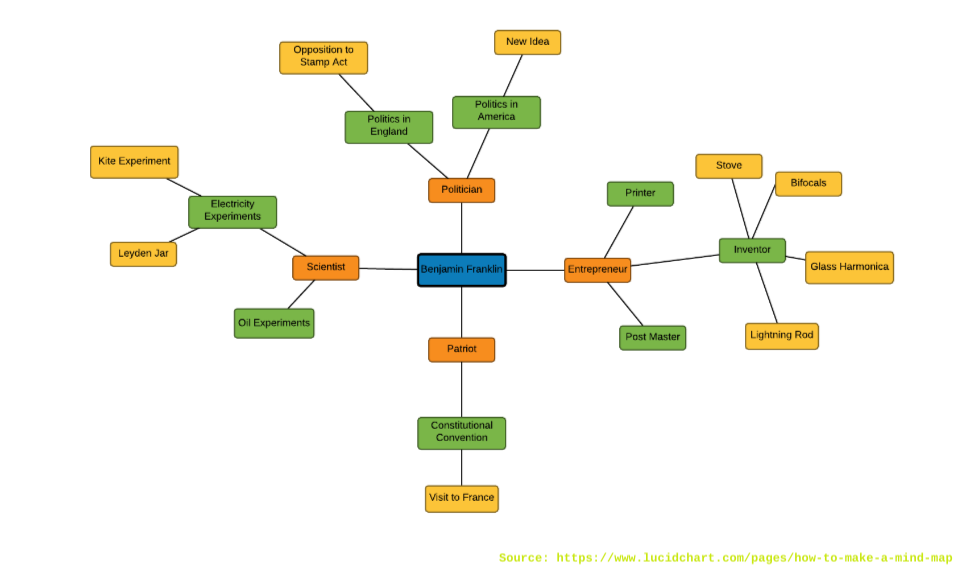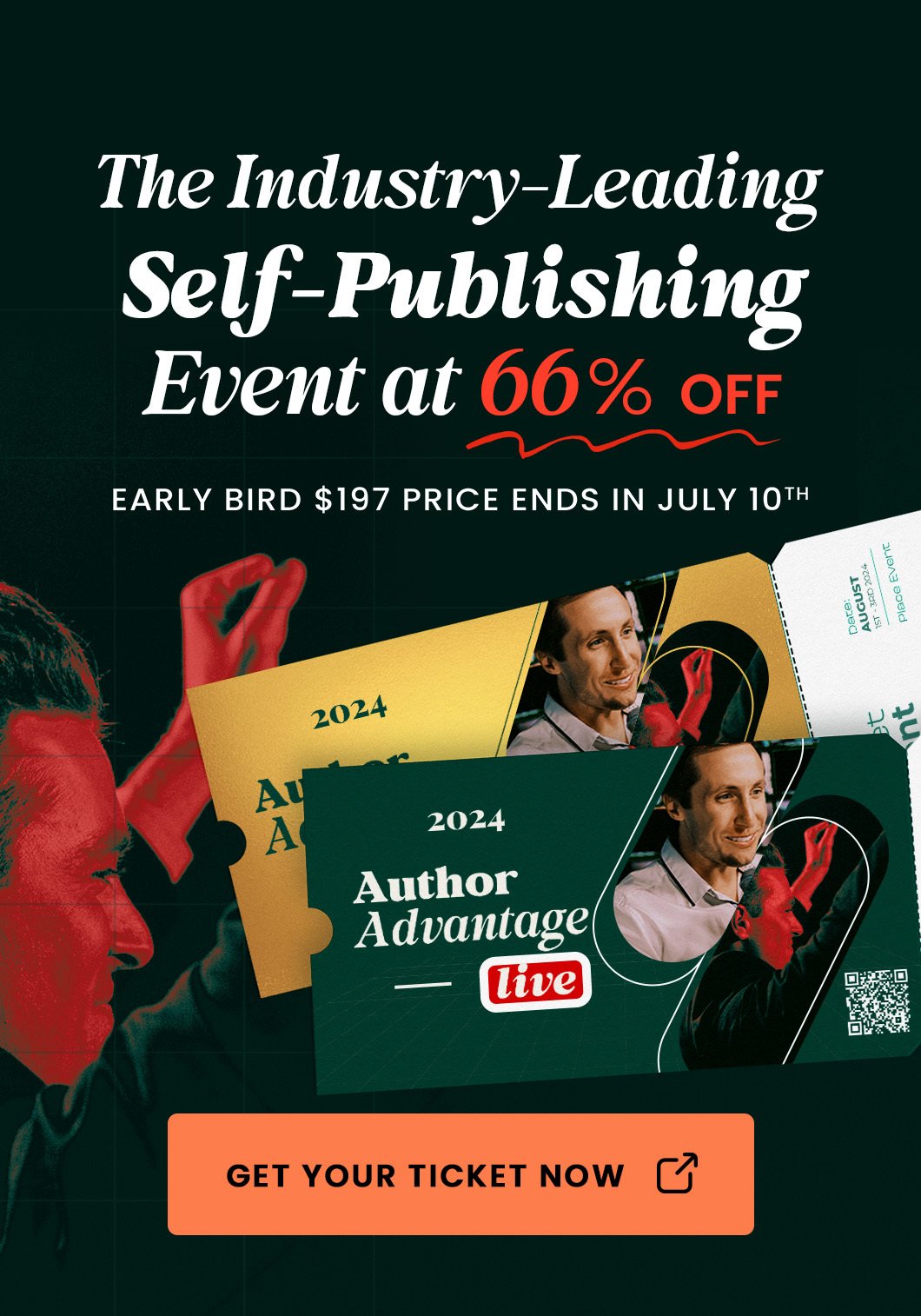The worst predicaments for a writer are:
- Staring at a blank page with a blinking cursor.
- Staring at a blinking cursor on a blank page.
When you are a writer, ideas can flood your mind at a frenetic pace, but corralling them can be like wrangling pigs coated in Vaseline. They’re everywhere but impossible to catch.
Before you put pen to paper (or fingers to your keyboard), you need a strategy for collecting information, so that when it’s time to write, you have everything in one place.
Guide to prewriting covers:
What is prewriting?
Prewriting is the master wrangler of getting all of your story ideas, titles, data, quotes, and everything else grouped together so that when you begin writing, the details you need are at your fingertips. Mind mapping, journaling, storyboarding, research, and notetaking are all pieces of the prewriting process.
In this article, we’ll look at what prewriting is and how authors can use it to become more efficient and effective writers.
How does prewriting help authors?
Have you ever had so many ideas in your head that you didn’t know where to start? It’s the opposite of writer’s block. It’s information overload. Maybe it’s the introduction, or title, or the potential twists and turns of a plot. Or perhaps a character’s story arc, or how the antagonist will be introduced into a scene. It’s not that you don’t have ideas, you just have too many of them. So, what’s a writer to do?
A great place to start is with a prewriting process that helps you get everything out of your head so you can see what you have and what may be missing. You then have a better perspective on any gaps that need to be filled and how to connect the dots.
What are the different types of prewriting strategies?
Below are five prewriting strategies for authors and a few helpful tools to support the process.
Journaling
Journaling allows you to write without restrictions (free-flow writing). Your grammar doesn’t have to be perfect and your thoughts don’t even have to make sense, but at least getting the words onto the page gives you something tangible to process in your pursuit of writing excellence.
I have multiple journals divided into categories that I keep on my work desk. I find that the best time for me to journal is before I start my work day or late in the evenings, but I often grab one when a thought strikes in the middle of the day and spend a couple of minutes writing it down. I may not come back to it for a month or two, but it’s there waiting for me when I’m ready.
If you’re journaling longhand, there are journals available at retailers everywhere. You can find practical and budget-friendly to exquisite, hand-bound leather journals with acid-free archival paper that are priced accordingly. The type of journal you choose isn’t as important as what you put in it.
For the tech-savvy writer who prefers to have immediate access to their journal via their smartphone or laptop, there are a number of apps available like:
- GoodNotes
- DayOne
- Penzu
- 750 Words
- Daylio
- Momento and more
The best app for you is the one that has just enough features to make you happy but not so many that you never want to use the app.
Researching and notetaking
Every serious writer knows that research gives your writing the legs to stand on. Even if you are a subject matter expert, using research to back up what you’re saying helps establish your credibility.
Notetaking is the practice of distilling information gathered from third-party sources (research) into a usable form for later recall. Taking notes for research is less about rewriting the details verbatim and more about filtering the information through your own thought processes and summarizing them into your own words. A writer with quality notetaking skills is a writer who gets things done.
A few things to remember when researching and taking notes include:
- Write down the main ideas.
- Use abbreviations and shorthand for faster notetaking.
- Ensure facts are written correctly and verifiable (via links, books, reports, and resources) so you can cite them later.
- When taking notes from a lecture or video, learn to listen carefully and write down only what’s valuable and necessary.
- If there’s something you don’t understand, write it down to research later.
There are many notetaking apps available and most come with a browser extension that makes it easy to save content for future reference. Here’s a list of some popular ones to consider:
- OneNote
- EverNote
- Readwise
- Obsidian
- Roam Research
- Super Notes
- Notion
- Google Docs
- Margin Note
- The Brain
- Google Keep
Most notetaking apps are user-friendly. With a quick click of a button, you can easily capture links, images, snippets, and even citations online that are tucked away into an app folder for you to retrieve when you’re ready to use the information. Notetaking apps also make it easy for you to capture your own ideas and file them for later.
The trick with any of these apps is to learn how to use them so you’re not just creating a database of information without a system to retrieve what you need.
Mind mapping

Mind mapping is often placed under the umbrella of notetaking, but I see it as more of an organizational tool—one that allows you to “connect the dots” of your thoughts along with other ideas and information.
Some of the notetaking apps I mentioned in the previous section also include mind mapping features like Roam Research and ClickUp, but there are others like LucidChart, MindManager, and Miro that are more focused on mind mapping.
The appeal of mind mapping is that it starts with a main idea or theme and then branches outward allowing you to see how everything connects. This is especially useful when building stories with lots of details like genealogy, locations, history, and multiple characters.
Find more information about mind mapping software in this post.
Storyboarding
Storyboarding is the act of mapping out scenes visually in sequence. It is often used in film, television, and animation, but it can also be adapted to writing and storytelling for authors.
A piece of trivia—storyboarding was developed in the 1930s by Walt Disney Studios.
If you are a visual learner then storyboarding could be a good fit. It allows you to explore a story visually from beginning to end. You can use something as simple as sticky notes to order and reorder scenes until they work or try an app like Plot, Storyboarder, or Boords. I like to use Scrivener writing software’s corkboard to develop stories.
Related: Book Outline: How to Outline a Book
Takeaway
Prewriting offers the first steps to organizing your information so that you can write more efficiently and effectively. It includes the added benefits of brainstorming and idea development.
If you want to get more work done in less time and stress, having a plan for organizing your thoughts can help keep you on track. This doesn’t guarantee that ideas won’t slip through the cracks, but prewriting does improve how many fully-formed ideas make it to the surface.
There’s a difference between researching as you write and writing from a database of information that you’ve collected. The first is often a random hit or miss while the second offers a much better foundation from which to write, which is what prewriting offers.
When setting up a prewriting system, it’s important to have the tools you need on hand when you’re ready to capture a thought or jot down a note. Whether you use one prewriting tool or many, remember that the tool isn’t as important as how it’s being used. If it makes your writing more laborious, then try another tool until you find one that gives you the results you want.
Authors write a lot. Beyond books, there are blog articles, social media posts, landing pages, emails, and more. Keeping all of these moving parts organized can be tough. Whether writing is a hobby or how you make your living, creating a well-oiled writing machine helps you calm the creative beast and keep things moving forward.
Suggested reading
Building a Second Brain: A Proven Method to Organize Your Digital Life and Unlock Your Creative Potential by Tiago Forte





